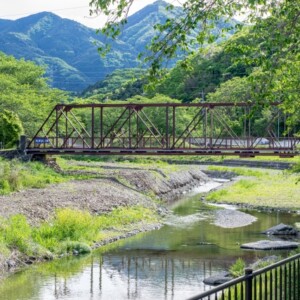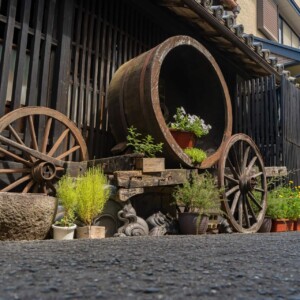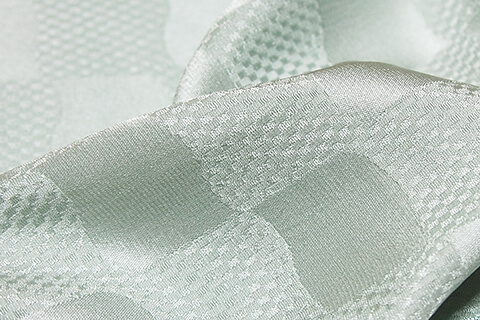
A look at the history, characteristics, and appeal of Tango Chirimen for about 300 years!
Tango Chirimen has a history of about 300 years and is still popular among many people as a high-class silk fabric. The history of Tango Chirimen is introduced in four sections. The characteristics of Tango Chirimen are also explained, so let’s see what kind of charms Tango Chirimen has.
What is Tango Chirimen?
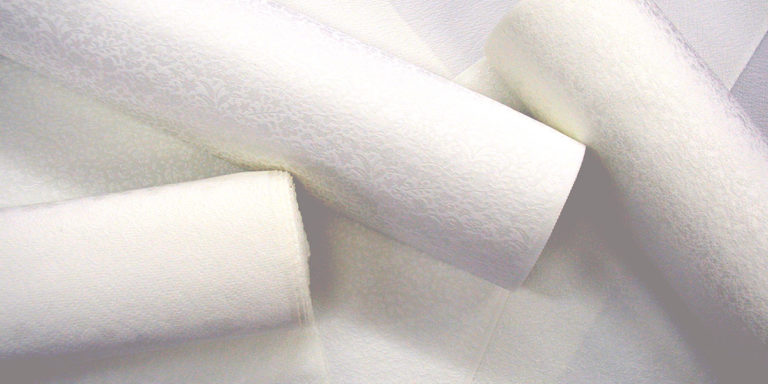
Tango Chirimen is a post-dyed fabric produced mainly in the Tango region of Kyoto Prefecture. The surface of the fabric is characterized by unevenness called “shibo”. These “grains” make the fabric flexible and wrinkle-resistant. The bumps also add depth to the dyed finish, making the fabric excellent to the touch and feel.
Crape is a silk fabric in which one or two warp threads (non-twisted raw threads) and one or two weft threads (high-twisted threads) are alternately beaten and scoured to produce a surface texture. Originally, textiles were made of natural fibers, but with the development of textile technology, chemical and synthetic fibers were created.
Today, fabrics woven and scoured in the Tango region using high-twist yarn and other crape techniques are called “Tango Chirimen.
History of Tango Chirimen

Let’s take a look at the history of Tango Chirimen for about 300 years.
Tango Chirimen has its roots about 1,300 years ago
It is said that silk fabrics originated in 711, when Emperor Gemyo sent ayatori masters to 21 countries to teach them how to weave brocade twill. 739, a record of “ashiginu” presented to the Imperial Court from Tottori Township, Takeno-gun, Tango Province (present-day Kyotango City) is stored in the Shosoin Repository in Nara Prefecture. This is the oldest existing silk fabric.
Birth of Tango Chirimen
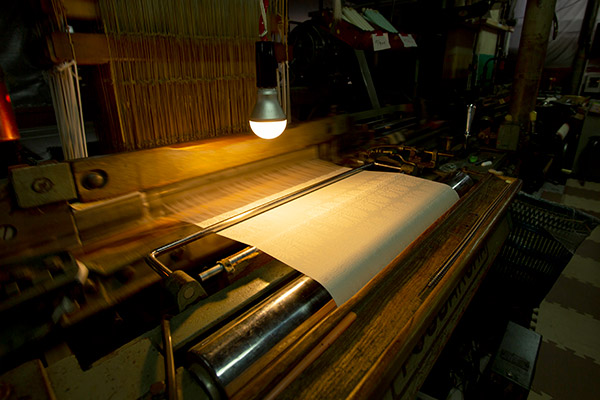
In the Edo period (around 1720), “Nishijin Chirimen” was developed in Nishijin, Kyoto, and demand for the product became great in Edo and Kyoto. Sales of “Tango Seiko-ori,” Tango’s representative silk fabric, began to suffer, and the people of Tango faced a crisis due to poor agricultural harvests and strict annual tribute collection.
The people of Tango were faced with a crisis. Despite the fact that the technique of Nishijin chirimen was not allowed to be used in Japan at that time, Kinuya Saheiji learned the technique and brought it back to Tango.
Based on the techniques he learned, he developed “Tango Chirimen,” a textile with a unique texture never seen before. The first piece of chirimen cloth he wove is still preserved at Zensyoji Temple in Kyotango City.
Tango Chirimen has since developed greatly, growing to the extent that it was exhibited at the 5th World Exposition in Paris, and the number of types of Chirimen has increased, and mechanization has progressed from handloom to power loom.
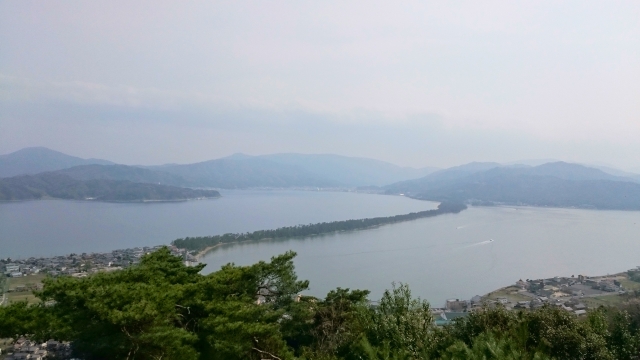
Peak of Tango Chirimen
Before Tango Chirimen reached its peak, the “Tango Earthquake” occurred in 1927, which dealt a heavy blow to the production area. Although 70% of the weaving machines were completely destroyed in the disaster, the industry recovered remarkably with the support of Kyoto Prefecture and the industry.
The 1964 Tokyo Olympics triggered a renewed boom in Tango crape. In 1973, the price of raw silk skyrocketed, creating a low demand for chirimen, and the Tango textile industry experienced its best economic boom in its history.
However, thereafter, the people’s lifestyles changed, demand for kimono dropped sharply, and sales of Tango Chirimen declined.
Tango Chirimen Today
In 2005, imports of silk fabrics and twisted silk yarns were fully liberalized, and Tango Chirimen was expanded overseas. Tango Chirimen is now used not only for Japanese kimonos but also for western clothes and interior decorations, attracting attention for its unconventional usage.
In 2017, the “Tango Chirimen Corridor, Woven with 300 Years of Silk” was registered as a Japan Heritage Site. 300 years of Tango Chirimen has been transformed to fit the current style, and continues to be loved even today.
Reference: History of Tango Chirimen | THE SILK
Characteristics of Tango Chirimen
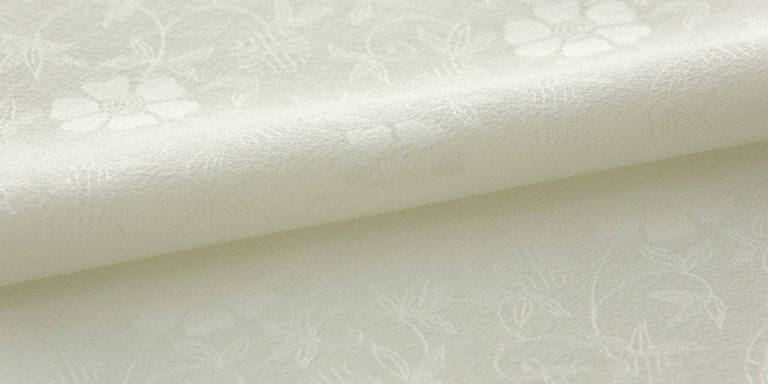
Tango Chirimen is characterized by its “crinkles” created by a unique technique. As mentioned above, the crinkles make the fabric wrinkle-resistant, supple, and graceful, and give it a pleasant feel against the skin.
What is also noteworthy is the unique manufacturing method that produces the shibo. Chirimen is made by alternately weaving warp and strongly twisted weft yarns. The weft of Tango Chirimen is strongly twisted as many as 3,000 times per meter, which produces a beautiful crinkle.
The quality of Tango Chirimen has been highly evaluated, and now accounts for about 70% of the market share of white fabrics. It is no exaggeration to say that Tango Chirimen is the best silk fabric in Japan.
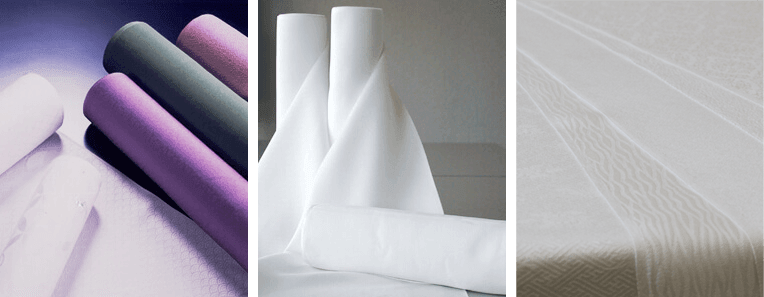
Conclusion
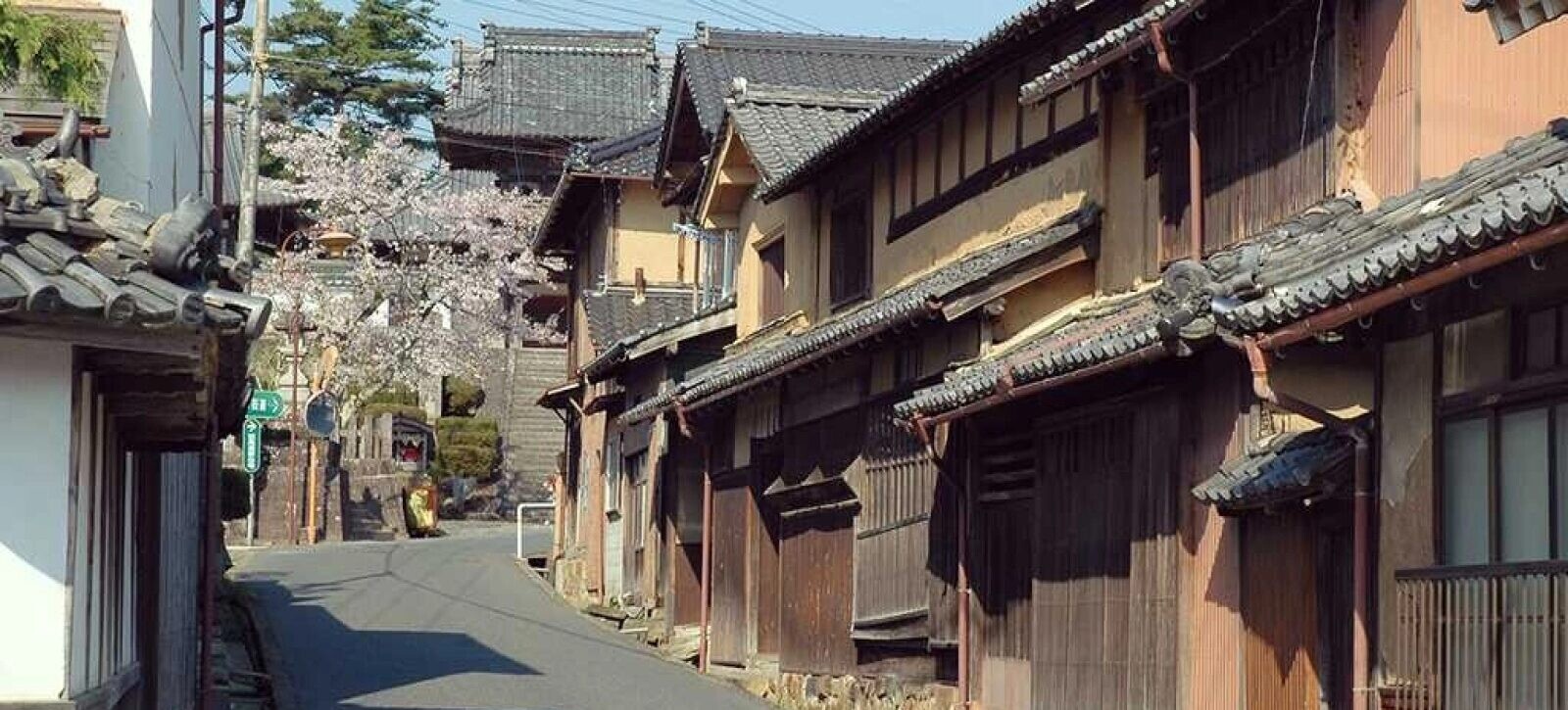
Tango Chirimen is a silk fabric produced mainly in the Tango region of Kyoto Prefecture, Japan. 300 years have passed, and the reason why it continues to be loved today is the uneven texture woven from a unique manufacturing process. Its wrinkle-resistant, supple, and flexible texture attracts users’ hearts.
Such Tango Chirimen has evolved, changing its shape to suit the present, not only for kimonos but also for clothes and interior decorations. When you visit the Tango area of Kyoto Prefecture, please look for Tango Chirimen.
Reference source: What is Tango Chirimen | THE SILK | Tango, a comprehensive silk fabric production area



